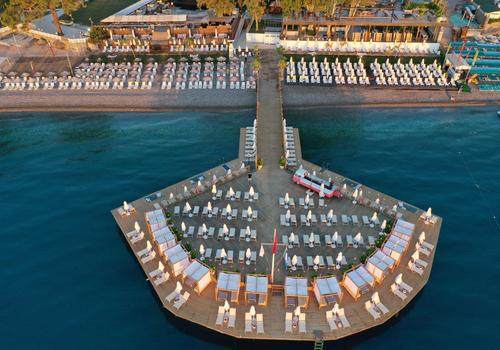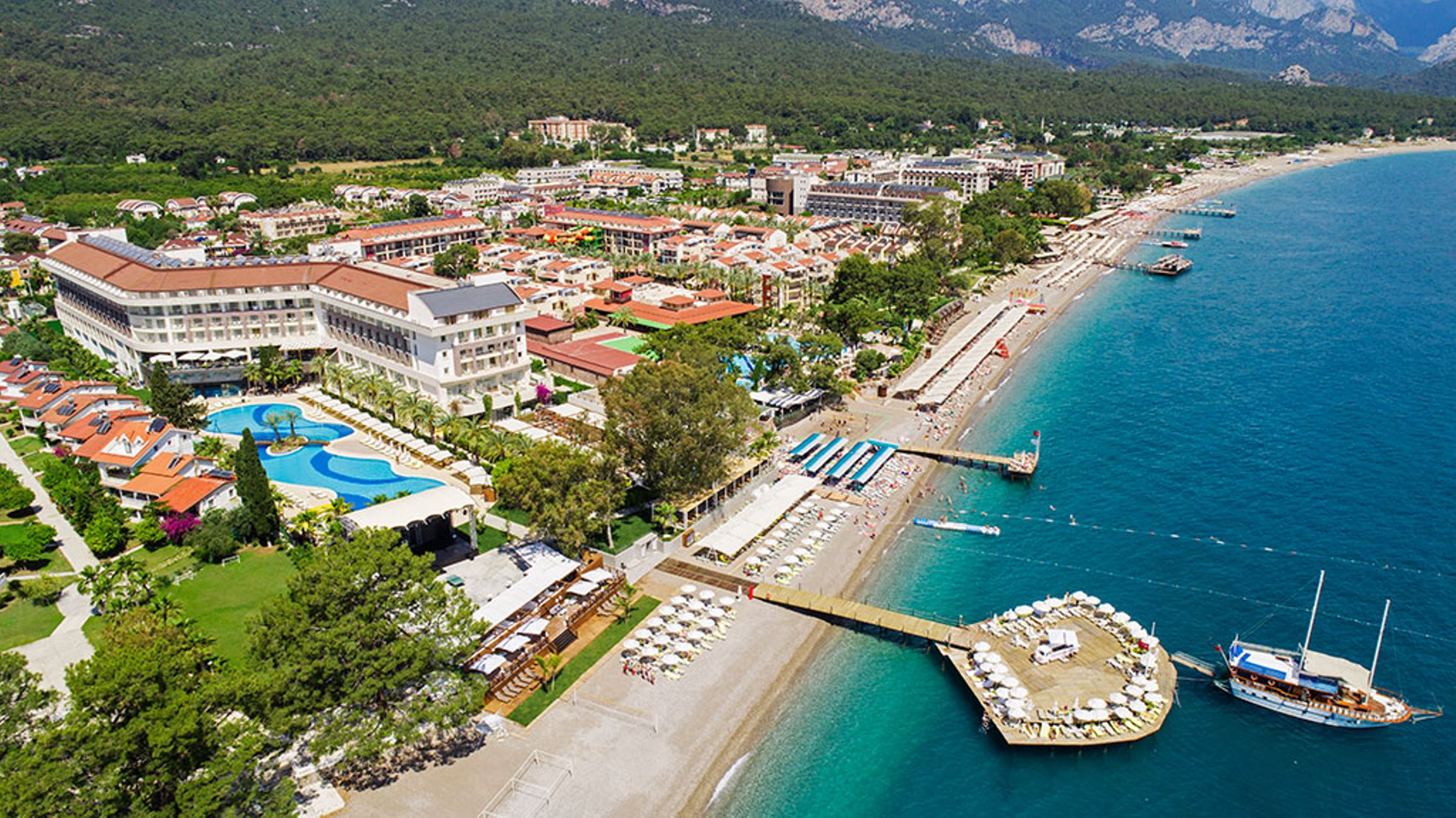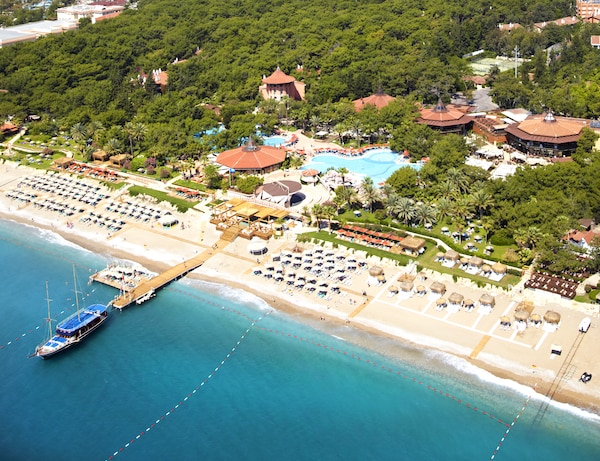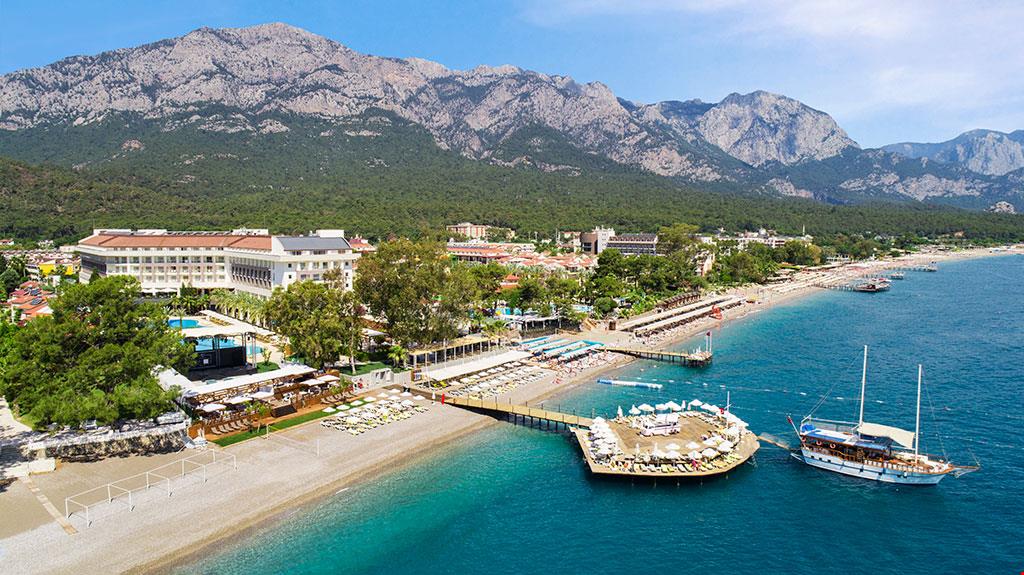
Türkiye - Kemer'deki DoubleTree by Hilton Antalya-Kemer için ₺ 3.602'den başlayan fiyatlar: Fırsatlar, Yorumlar, Fotoğraflar | momondo
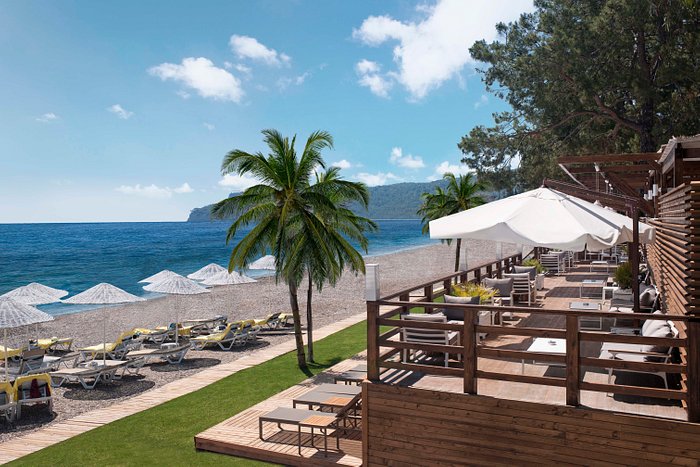
DOUBLETREE BY HILTON ANTALYA KEMER (Kemer, Türkiye) - Otel Yorumları ve Fiyat Karşılaştırması - Tripadvisor

DOUBLETREE BY HILTON ANTALYA KEMER (Kemer, Türkiye) - Otel Yorumları ve Fiyat Karşılaştırması - Tripadvisor
